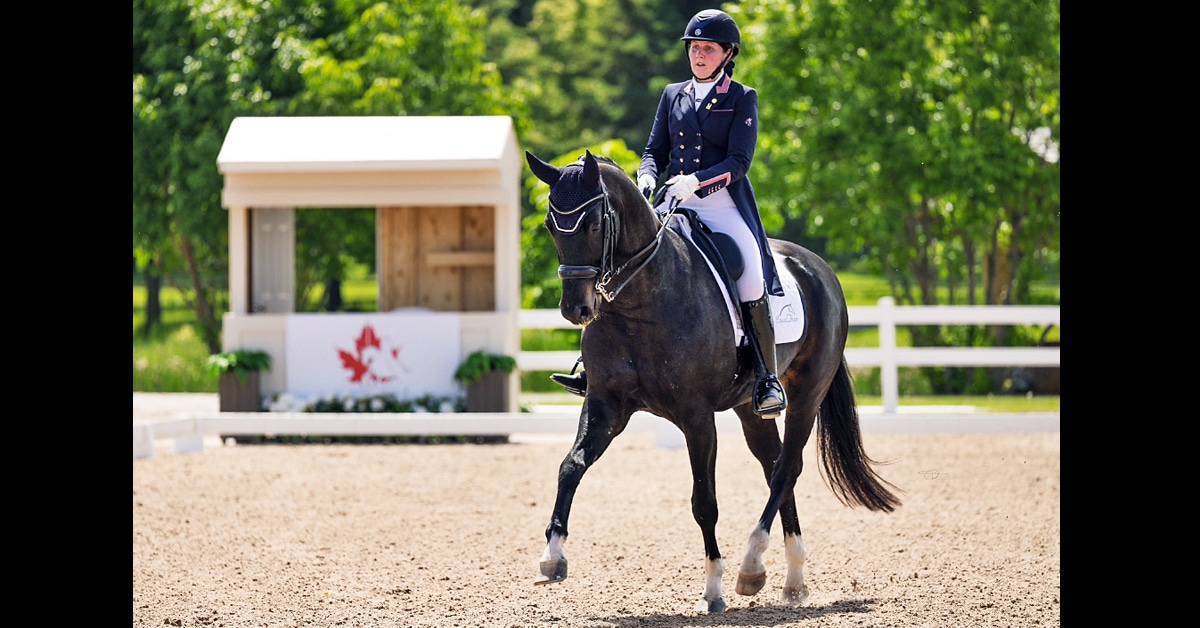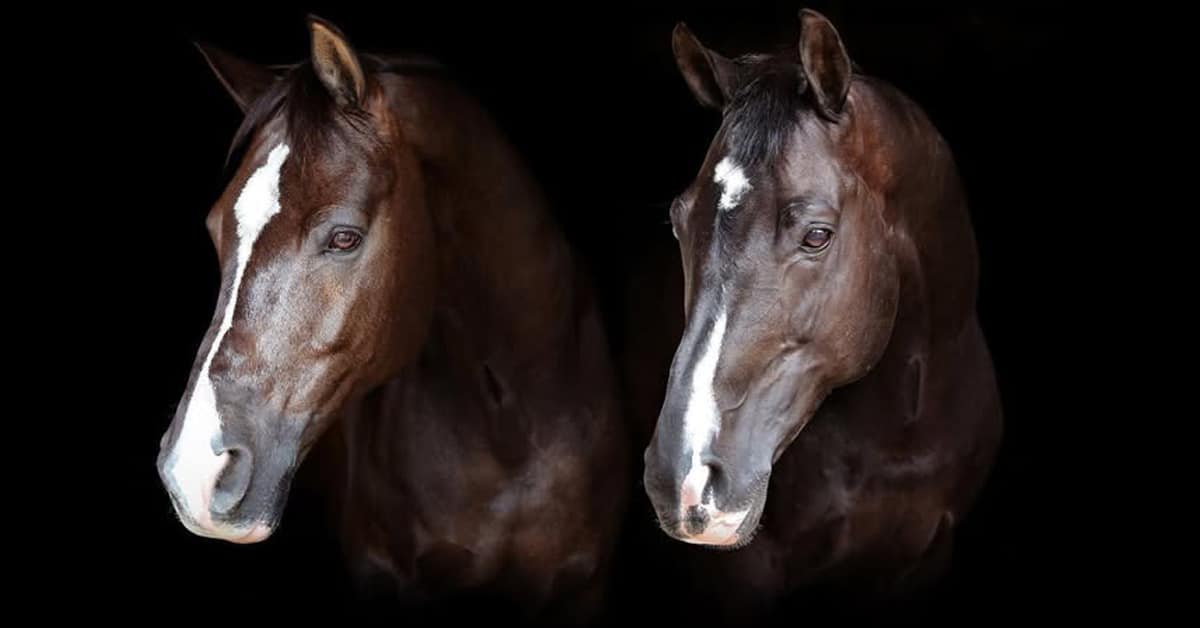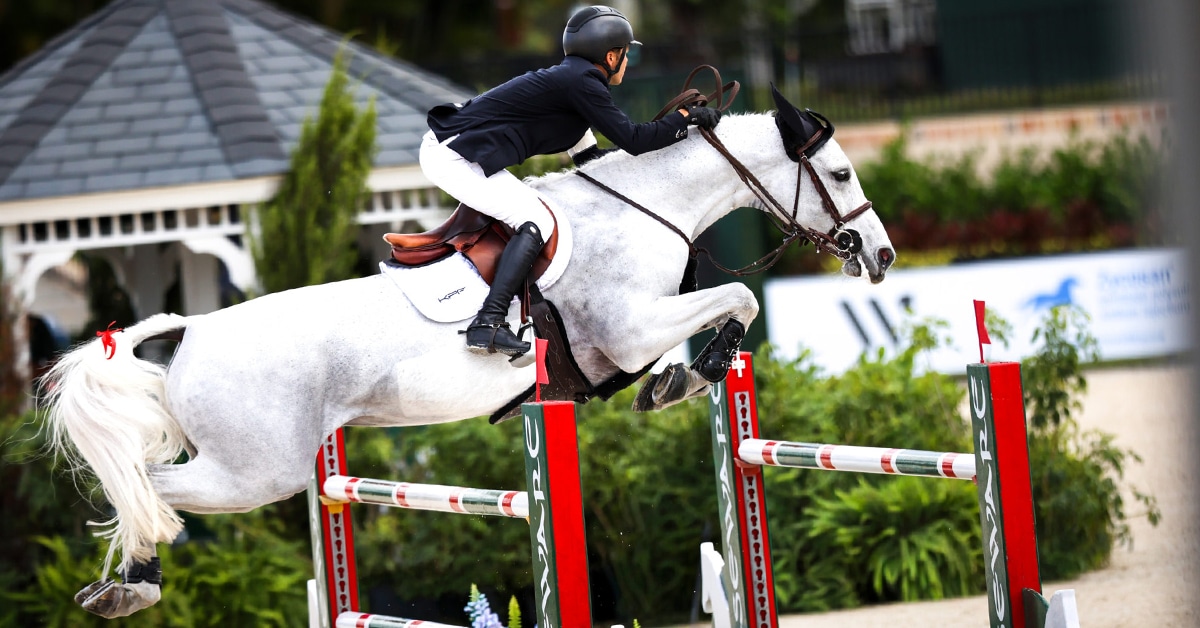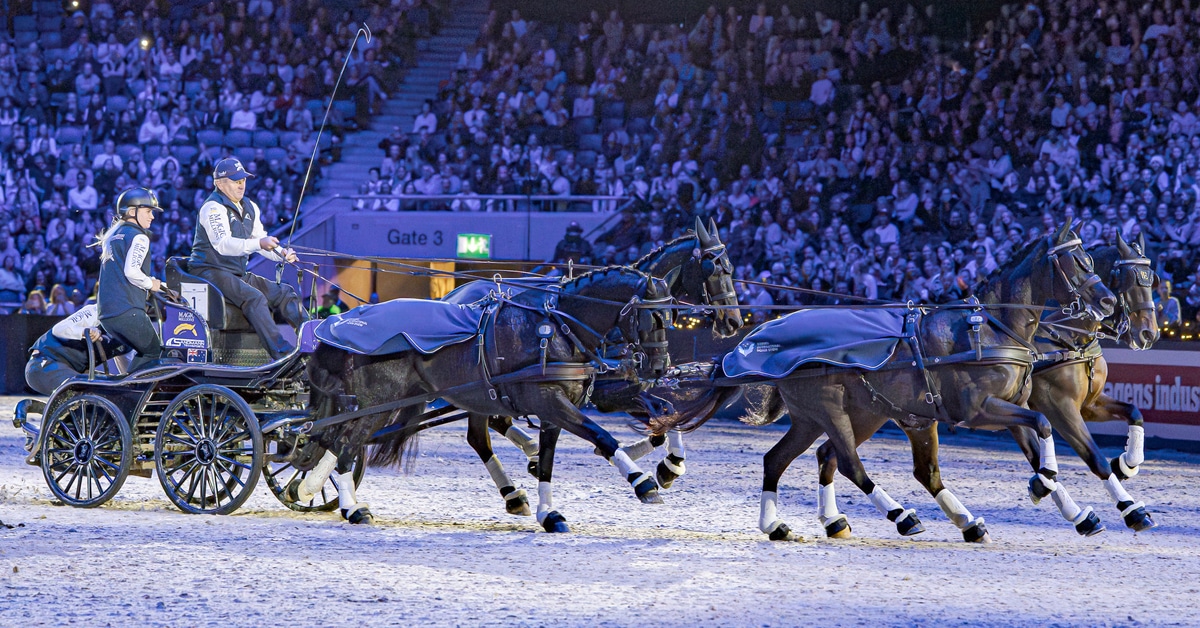The recent research paper Equestrian STAR: Development of an Experimental Methodology for Assessing the Biomechanical Performance of Equestrian Helmets presented the results of a comprehensive study examining the safety standards of equestrian helmets. Conducted by researchers at the Virginia Tech Helmet Lab, the study recognized the limitations of current helmet standards, which primarily focus on linear impacts, and introduced an updated testing methodology that incorporates both linear and oblique impacts to better simulate real-world equestrian accidents, especially in sports like racing and the cross-country phase of eventing.
Equestrian sports are historically associated with a high incidence of head injuries, surpassing those even in sports like football and motorcycle racing. Falls from horses, often resulting in head impacts, are the predominant cause of these injuries. Despite the widespread use of helmets, existing standards do not adequately account for the rotational forces experienced during oblique impacts, which are common in actual fall scenarios. This gap underscores the need for a more comprehensive helmet evaluation system that considers both linear and rotational kinematics (motion of bodies).
The study evaluated 45 different equestrian helmet models using two distinct testing protocols: linear-driven pendulum impacts and oblique drop tests. Linear drop tests simulate direct, perpendicular impacts, while oblique drop tests simulate impacts at an angle. The latter often involve rotational acceleration, which can lead to brain tissue strain and injuries.
Oblique tests were conducted at two impact locations — the front boss (outer shell) and rear boss — at an impact velocity of 6.56 m/s. In total, 720 impact tests were performed, making this the largest published study on equestrian helmets to date. The Equestrian STAR (Summation of Tests for the Analysis of Risk) rating system was modified to incorporate both testing methods by computing and summing weighted concussion risks for each test condition.
The oblique impacts produced peak linear accelerations ranging from 105.8 to 204.5 g and peak rotational accelerations ranging from 3,304 to 13,854 rad/s² (radians per second squared, the standard unit for measuring angular acceleration). Comparative analysis revealed a weak correlation between peak linear accelerations in linear and oblique impacts, and no significant correlation for peak rotational accelerations.
These findings indicate that linear impact tests alone are insufficient to predict helmet performance in oblique impacts. The updated Equestrian STAR scores demonstrated that the worst-performing helmet had nearly four times the concussion risk compared to the best-performing helmet when both impact types were considered.
The study concludes that incorporating oblique impact testing into helmet evaluation protocols provides a more accurate assessment of helmet performance in real-world scenarios. The updated Equestrian STAR rating system enables differentiation between high-performing and low-performing helmets, guiding consumers in selecting helmets that offer superior protection against concussions. Additionally, the system offers manufacturers a framework to assess and improve helmet designs, ultimately contributing to enhanced rider safety in equestrian sports.
Read the full study here.
More News










